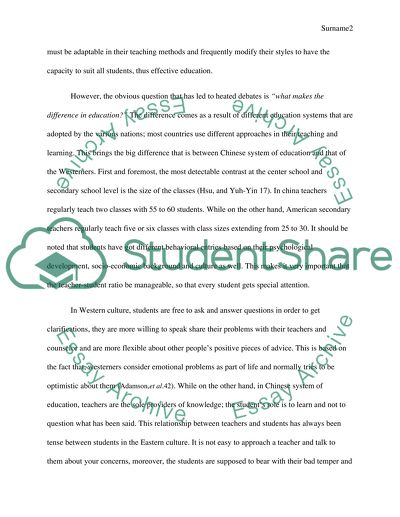Cite this document
(The Teaching Methods in China Term Paper Example | Topics and Well Written Essays - 1500 words, n.d.)
The Teaching Methods in China Term Paper Example | Topics and Well Written Essays - 1500 words. Retrieved from https://studentshare.org/education/1691923-arguement-essay-education-related-preferred-differences-between-chinese-and-western-education
The Teaching Methods in China Term Paper Example | Topics and Well Written Essays - 1500 words. Retrieved from https://studentshare.org/education/1691923-arguement-essay-education-related-preferred-differences-between-chinese-and-western-education
(The Teaching Methods in China Term Paper Example | Topics and Well Written Essays - 1500 Words)
The Teaching Methods in China Term Paper Example | Topics and Well Written Essays - 1500 Words. https://studentshare.org/education/1691923-arguement-essay-education-related-preferred-differences-between-chinese-and-western-education.
The Teaching Methods in China Term Paper Example | Topics and Well Written Essays - 1500 Words. https://studentshare.org/education/1691923-arguement-essay-education-related-preferred-differences-between-chinese-and-western-education.
“The Teaching Methods in China Term Paper Example | Topics and Well Written Essays - 1500 Words”, n.d. https://studentshare.org/education/1691923-arguement-essay-education-related-preferred-differences-between-chinese-and-western-education.


